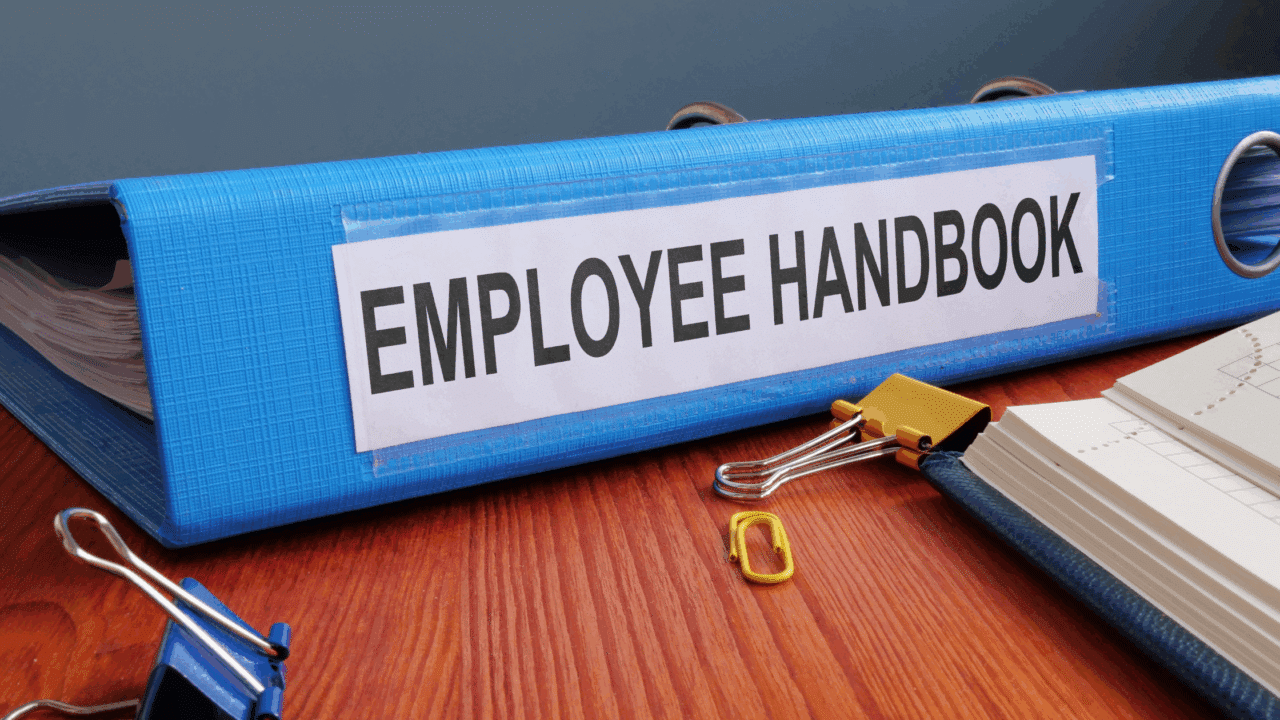Your employee handbook is more than just a binder on a shelf or a PDF collecting digital dust—it’s a living reflection of your company’s values, expectations, and culture. But if it’s been more than a year since you’ve reviewed it, chances are it’s out of step with today’s workplace realities.
Why It Matters
An outdated handbook isn’t just an administrative oversight—it can be a risk. Old policies can lead to inconsistencies in their enforcement, resulting in morale issues and misalignment between what your handbook states and how your company operates.
Even more importantly, your handbook sets the tone for how employees experience your workplace. If it’s full of rigid, unclear, or irrelevant policies, it sends a negative message. Conversely, if it’s an accurate tool that employees can easily access and understand, it reinforces your company’s commitment to transparency, fairness, and a healthy workplace culture.
Handbooks are more than a document; they’re a tool to help employees feel supported, informed, and aligned with your values.
When to Update Your Handbook
Here are five signs it’s time for a refresh:
- You’ve had leadership or structural changes.
New leaders often bring new priorities. Your handbook should reflect those shifts—especially around performance expectations, communication norms, or values. - Your workforce has transitioned to a hybrid or remote model.
If your policies still assume everyone is in the office from 9 to 5, it’s time to rethink how you define things like productivity, attendance, and equipment use. - Employees are asking for clarity.
Are managers getting repeated questions about PTO, dress code, or performance reviews? That’s a red flag that your current policies aren’t clear or accessible. - You’ve experienced a workplace conflict or complaint.
If a recent issue revealed a policy gap or inconsistency, don’t wait for it to happen again. Update your handbook to prevent future confusion. - Laws have changed.
Employment law evolves constantly—especially in areas like leave, wage transparency, and workplace accommodations. If your handbook hasn’t been reviewed by an HR professional in the past year, it may be out of compliance.
What a Modern Handbook Should Include
A modern employee handbook doesn’t just cover the legal basics. It also reflects your company’s culture and communicates expectations with clarity and empathy. It should include:
- Clear, inclusive language
- Policies aligned with current federal, state, and local laws
- Flexible, values-based guidance (not just rules)
- Easy-to-navigate formatting (digital and mobile-friendly is a plus)
A well-crafted handbook can ease onboarding, guide day-to-day decision-making, and help employees feel confident about where they stand. It can also reduce risk, resolve confusion before it turns into conflict, and reflect the kind of workplace you’re working hard to build.
The bottom line? Your handbook should evolve as your organization does. If it no longer fits who you are, or who you’re striving to be, it’s time for a refresh.
Updating your handbook might feel daunting, but you don’t have to do it alone. HR Experts on Demand helps businesses of all sizes audit, revise, and modernize their employee handbooks to reflect today’s best practices and tomorrow’s goals. Want to take the next step? Let’s chat!
